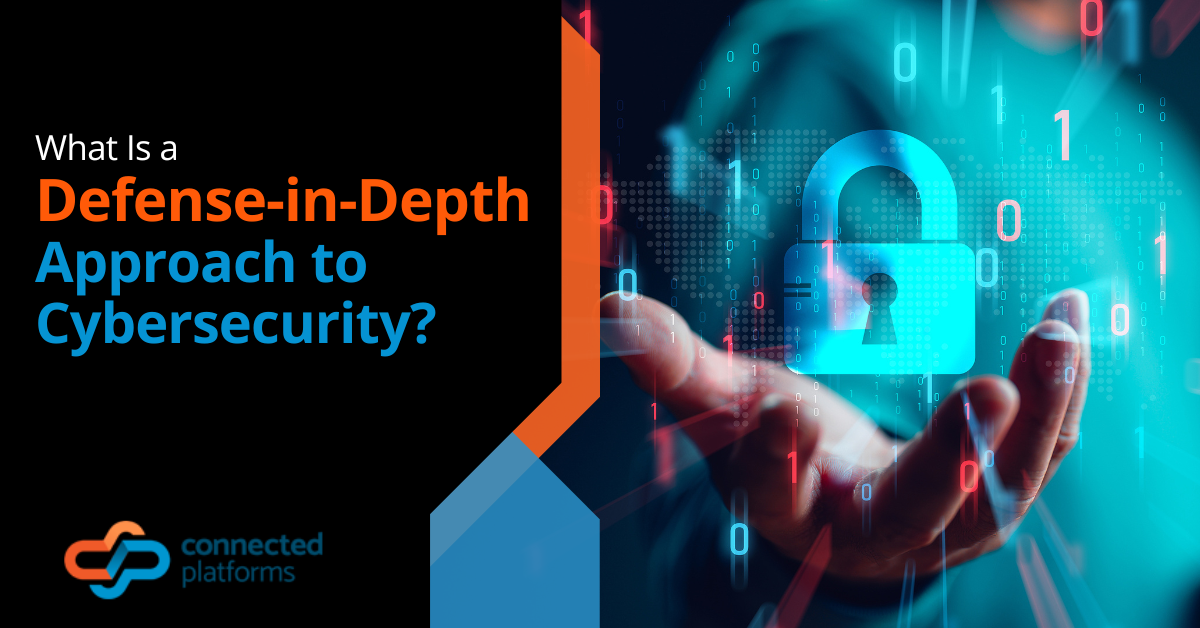In today’s digital age, where data breaches are becoming more common, cyber-attacks are becoming more sophisticated, and are rapidly growing in scale, the need for a strong defense approach has never been greater.
According to a 2022 survey by Statista, global cybersecurity revenue jumped from $83 billion to $147 billion, yet businesses are still being breached. This implies that businesses need to change their approach and implementation.
As a result, in this age of sophisticated hacking and improved cybersecurity approaches to counter, one approach that has gained popularity in recent years is the “Defense-in-Depth” (DiD) approach to cybersecurity.
Defense in Depth is a multi-layered approach to keeping defenses strong in cybersecurity terms. By applying systems such as firewalls and malware scanners in your fight against hackers, you effectively reduce the chances of getting hit by a successful attack. This is the idea of a defense-depth approach to cybersecurity.
This article highlights how a DiD approach can help improve your security profile and reduce the probability of your business getting hacked. Read on to learn more.
What is a Defense in Depth Approach?
Defense in Depth is a unique cybersecurity approach that uses a series of layered mechanisms and controls geared towards increasing IT security profile to protect against cyber-attacks. The approach for the DiD concept is carefully and strategically arranged at different levels through a computer network to help organisations contain threats, reduce vulnerabilities, mitigate data breach costs, and reduce risks.
In simple terms, the strategy is based on the principle that no single defense mechanism is foolproof and that a combination of defenses is needed to provide effective protection. This means, on its own, each control or mechanism is powerless; however, when used together, they become a strong force and an effective way to reduce the probability of getting hacked by numerous threats. It also means if one defense mechanism or control is compromised, the other line of defense will stand strong to serve as backup to ensure cyber-attacks are stopped mid-way.
A defense-in-depth approach is a wide-ranging approach that employs a combination of advanced cybersecurity tools to protect a company’s applications, data, networks, and endpoints. As a result, a typical defense-in-depth strategy can include a mix of best practices, policies, and tools. It also addresses every factor inherent in software, hardware, and even humans, as human error is a common cause of security breaches.
The Elements of a Defense-in-Depth Approach
Due to the ever-growing security threats businesses and IT professionals have to deal with, businesses are always on the lookout for holistic and effective cybersecurity approaches that could play an important role in increasing security profiles for businesses.
The multi-layered security approach utilised in a defense-in-depth system usually incorporates one or more elements from any of the following control areas:
Physical controls:
This control includes the use of key cards, retinal scanners, and fingerprint scanners to get into buildings and restricted parts of a building. These physical control devices are examples of security measures that prevent physical access to various IT systems
Administrative controls
Administrative controls are security measures that authenticate employees and permit them to get into specific segments or parts of a network. It also works for the authorisation and usage of specific applications
Network security controls
This control refers to the application or software that authorises employees to enter a network to use an application or device.
Antivirus
It is a well-known fact that antivirus software was first designed to fight off computer viruses, but now, it is one of the foundations of holistic defense. The defense-in-depth approach cannot only prevent malware and other viruses but also detect and remove them.
Behavioural analysis
This involves the use of AI, algorithms, and machine learning to detect irregularities in employee, system, or application behaviour.
Data Security
This involves protecting sensitive data and ensuring its confidentiality, integrity, and availability. Data security measures include access control, encryption, and data backup.
Why You Should Use Defense-in-Depth Solutions for Your Business
Here are some reasons why you should consider using defense-in-depth solutions to approach cybersecurity for your business:
Increased Resilience
With the defense-in-depth approach, you will be able to increase the resiliency of your cybersecurity strategy. Due to its multi-layered defense approach, you don’t have to worry about all layers going down in the event of a cyber-attack. This is because if one defense layer is down, there are extra layers in place to hold the fort and prevent the cyber-attack.
Improved Detection
The DiD approach uses various mechanisms to detect breaches at different layers of defense. This, in a way, continuously improves the detection method of cyber threats.
Reduced Risk
One reason businesses look for the best cybersecurity system is to reduce the risks of a successful cyber-attack significantly. This is one area defense-in-depth shines. Due to its multi-layered defense protection, it creates a stronghold that cyber-attackers must overcome to get access to your information. This approach makes it more challenging for them to breach, as they will have to go through all the layers of defense.
Better Compliance
The defense-in-depth approach help organisations build better compliance that meets the regulatory requirements. With its multi-layered defense strategy, your business can show that they have taken the right step towards protecting its systems and data from cyber threats and attacks.
Comprehensive Protection
The defense-in-depth approach offers a comprehensive and wide range of protection against cyber threats and attacks of all kinds. This includes phishing attacks, ransomware, malware, BEC, social engineering attacks, and more.
Better Cost-Effectiveness
It is well-known that it is expensive implementing multiple layers of defense. This is why the defense-in-depth approach is the best cost-effective option for businesses that want to implement multiple layers of defense and use it long-term. This is because the amount 0f money it costs to implement the defense-in-depth approach is considerably less than the amount of money it costs to deal with the consequences of a successful cyber-attack.
Let Connected Platforms Increase Your Security Profile for You
Connected Platforms can help your Brisbane area business increase its security defenses and offer IT security services to securely protect your business from being hacked.
Contact us for a free consultation. Book a coffee meeting online or call 07 3062 6932.




